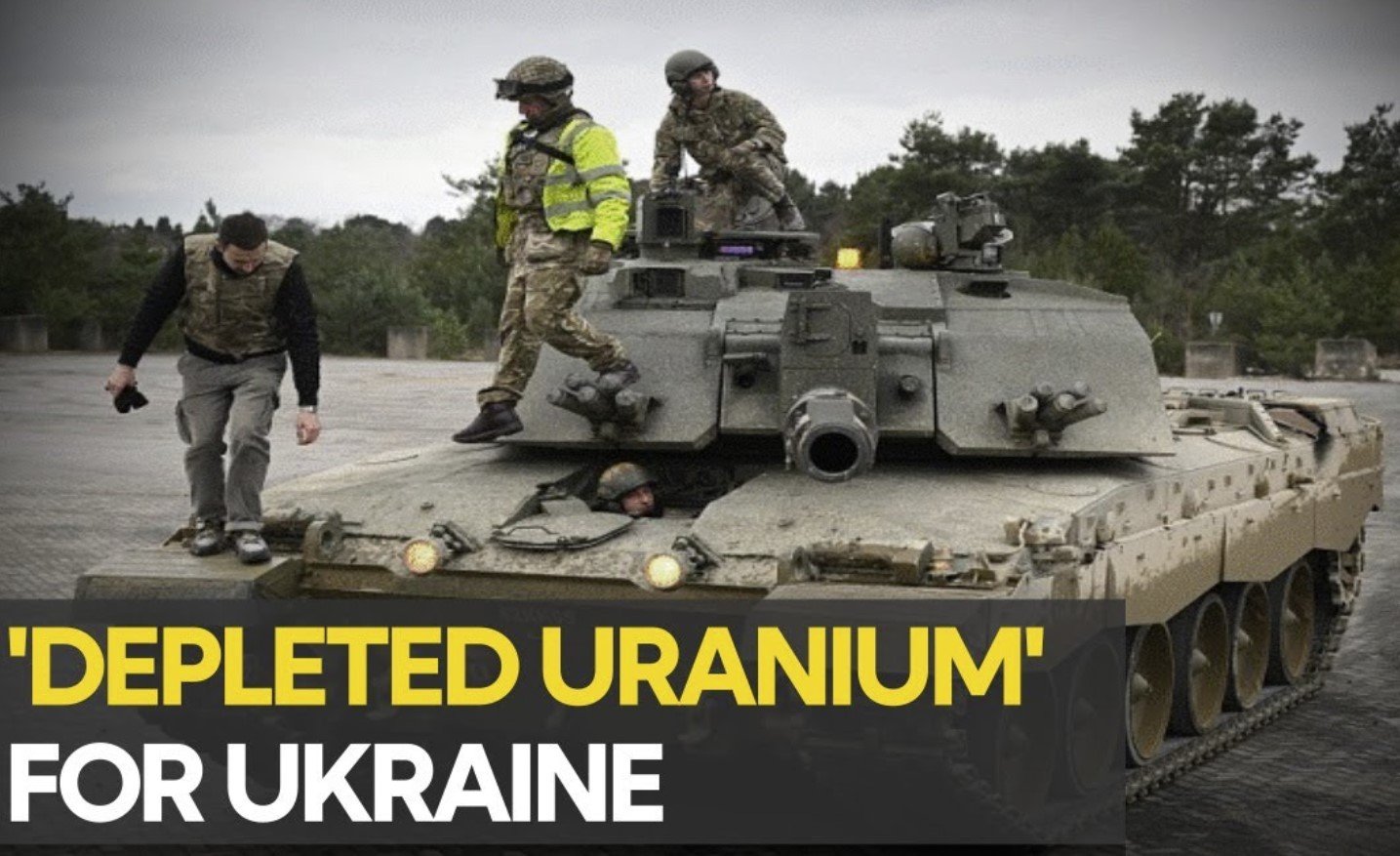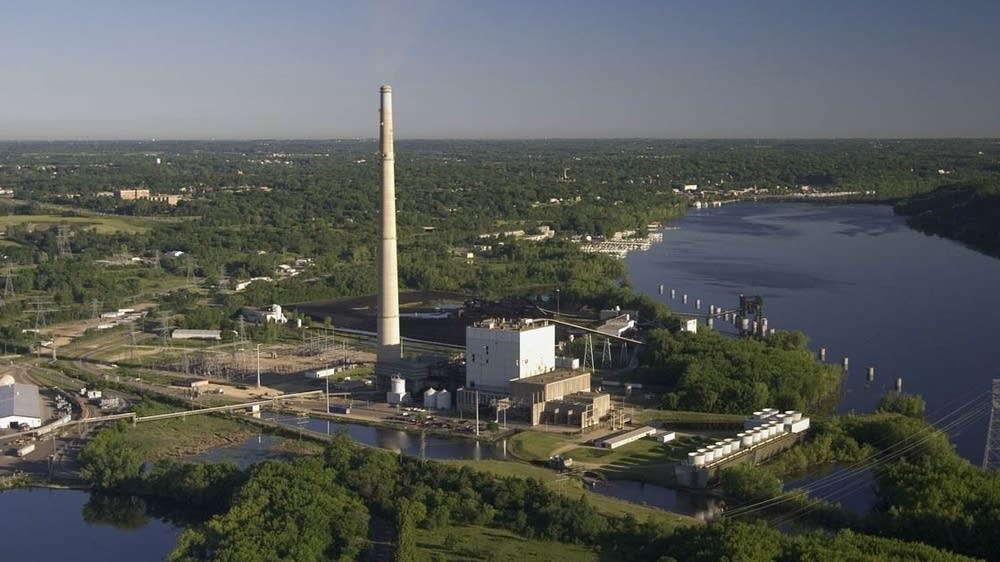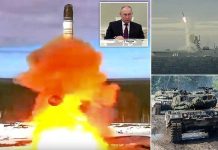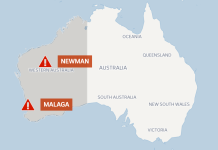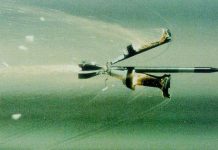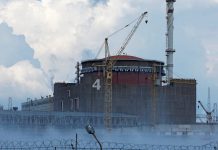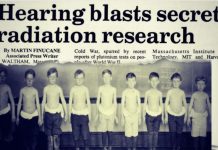In September 2017, North Korea detonated a nuclear device beneath Mount Mantap.
It was the country’s largest underground nuclear test and it literally lifted the mountain up about 3.5 meters (11.5 feet) when the explosion denotated, before collapsing by about half a meter (1.6 feet).
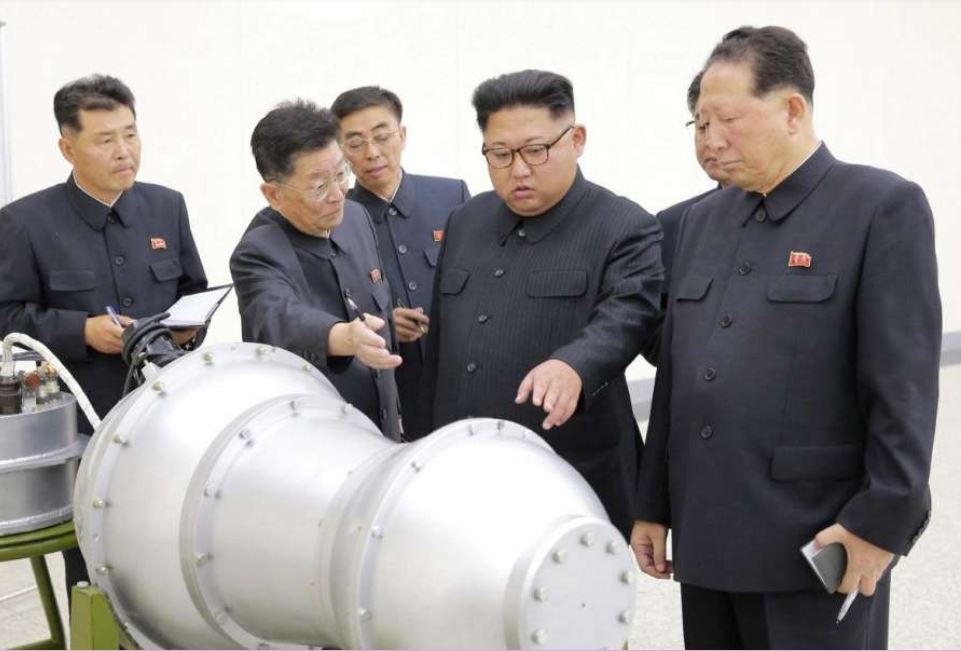
The test caused a M6.3 earthquake, producing sound waves that were detected from seismographers around the world. These have been used by scientists to try and learn more about the explosion.
A new study suggests that the 2017 explosion could have been more than 10 times larger than any of the country’s other tests from the previous decade. The uncertainty surrounding the test puts the yield of the bomb somewhere between 148 and 328 kilotons of TNT, though the researchers think it was possibly around 250 kilotons. To give a comparison, the bomb the US dropped on Hiroshima in 1945 that killed tens of thousands of people was about 15 kilotons.
“From 2006 to 2016 North Korea steadily increased the size of the events, from somewhere around 1 kiloton up to around 20 kilotons. The very early events looked like they didn’t work very well, because they were unusually small. And then in one year they jumped up to 250-ish kilotons,” explained co-author Thorne Lay, a seismologist at the University of California Santa Cruz. “The scary thing is that this was such a big device.“
Methods straight out of the Cold War
The models employed were used in the 1980s to establish the yield of soviet devices and find out if the USSR was cheating on the 1974 Limitation of Underground Nuclear Weapon Test. US geologists at the time believed that the discrepancy was coming from the differences in geology between Nevada and Kazakhstan test sites, and joint Soviet-American measurements in 1987 proved that the assumption was indeed correct.
“The methods were nothing particularly new. The difference is that the quality and availability of the data is much better now than 40 years ago,” Lay said.
The historical perspective does show how knowledge of the geology of the test area is key to a very precise measurement, and given North Korea’s secrecy, an approximation is the best we can get.
When US President Donald Trump met with Kim Jong-un in Singapore in 2018 it was ostensibly to come to an agreement to dismantle North Korea’s missile program. Despite the President’s understanding that “There is no longer a Nuclear Threat from North Korea,” and North Korea’s pledge to destroy its nuclear testing facility, it appears the country is using loopholes to continue to build ballistic missiles, and continue testing them.
They play cat and mouse… And nobody knows where will this end!



